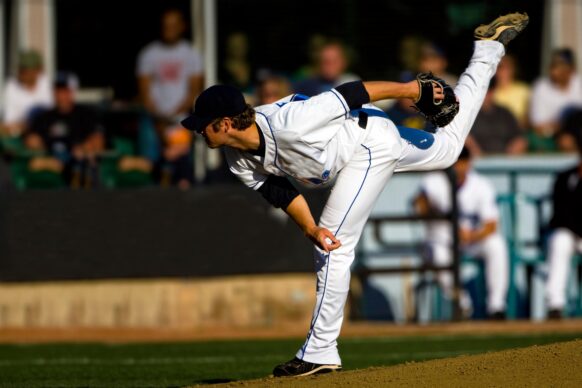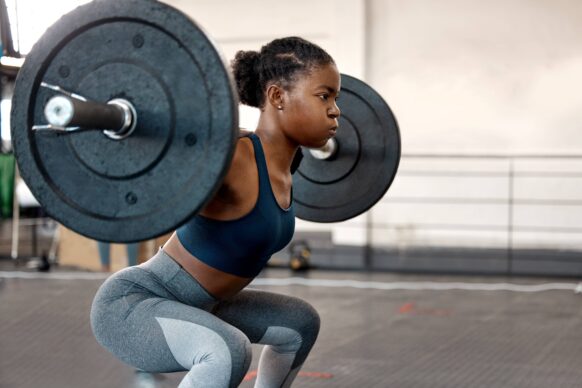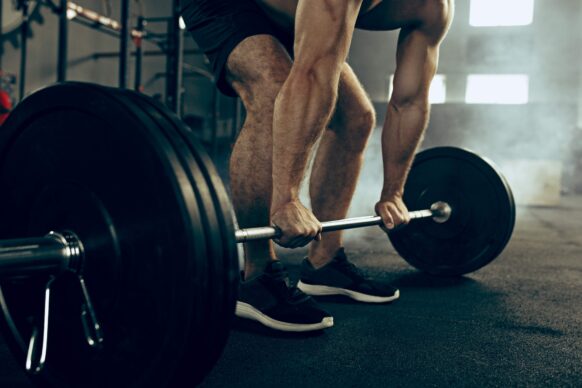by Cary Mendes, DPT, OCS
We often think of throwing as mainly an upper extremity sport. After all, that’s where we hold the baseball. But in reality, it’s a full chain activity. Any player and/or coach will tell you that all of your power comes from your legs and core. Both throwing and hitting involve a sequence consisting of eccentrically loading one side of the body to build tension and then rapidly uncoiling that elastic energy into the explosive movement of a throw or a swing.
The same thing happens when you use a whip. You need to build tension and then as the recoil occurs, the whip flies through creating that very familiar crack from the tip of the whip. If something goes wrong, there is no crack. Your arm and the ball are analogous to the tip of the whip when you are throwing. If this doesn’t happen, the force must be generated further up the chain, such as in the shoulder and elbow, which will much more likely lead to to arm injuries.
In order to figure out where to find the flaws, we need to look at mechanics. We often talk about power coming from the hips and the glutes, which is true. But in order to generate that power, we also need to have the proper hip mobility.

The hips undergo both internal and external rotation. We can reference the trail leg (the foot in contact with the rubber) and the lead leg. As we begin the motion, the trail leg initially goes into internal rotation. As we stride forward and the pelvis rotates towards the plate, the trail hip goes into a relative external rotation, and then goes into internal rotation again in the follow-through phase.
The lead leg goes into flexion as it lifts off of the ground. As it strides forward, there is external rotation at the hip. The pelvis continues to rotate towards the plate creating internal rotation, and it continues to internally rotate in the follow-through.

We’ve now established that hip mobility plays a significant role in throwing mechanics. If we have limited rotation, there are a few things that we can do to address them. Hip traction can create space, thereby increasing range of motion. End range lift offs can help train range of motion and improve control at end range. Hip CARs will help do the same throughout the entire range of motion. Check out these exercises in the videos below.
Hip Mobility Sit Backs w/ Traction (20 reps x each side)
Hip Mobility External & Internal Rotation Lift Offs (20 ER reps x each side; 20 IR reps x each side)
External rotation lift offs will always be performed with the front leg with the outside of the leg starting on the floor. Internal rotation lift offs will be performed with the back leg with the inside of the leg starting on the floor.
Hip Mobility CARs in Standing (20 reps x each side)
Hip Mobility CARs in Quadruped
CARs can be done standing to mimic the single leg stability that occurs on both legs during the throwing motion. Alternatively, they can be regressed to quadruped position.
If you have questions or are looking to progress your hip mobility program, please contact us for an appointment!




